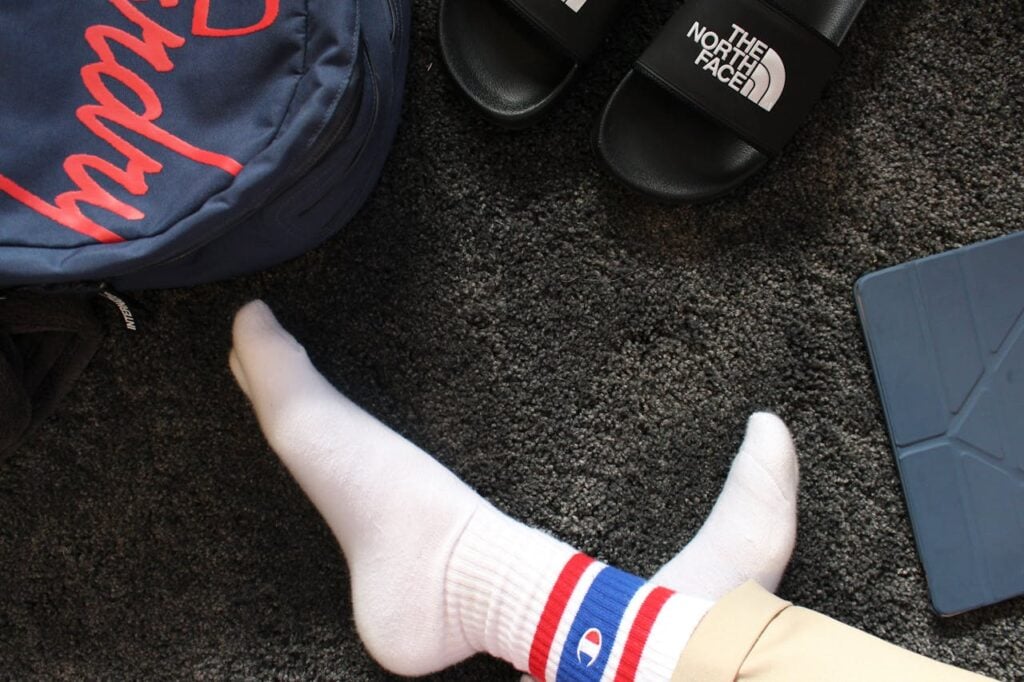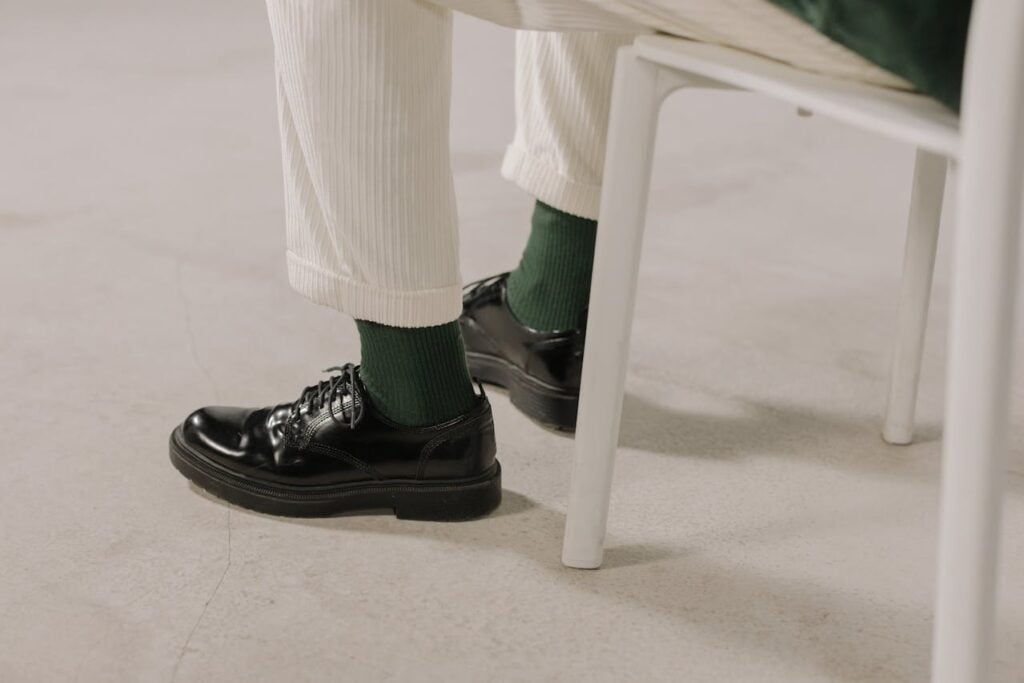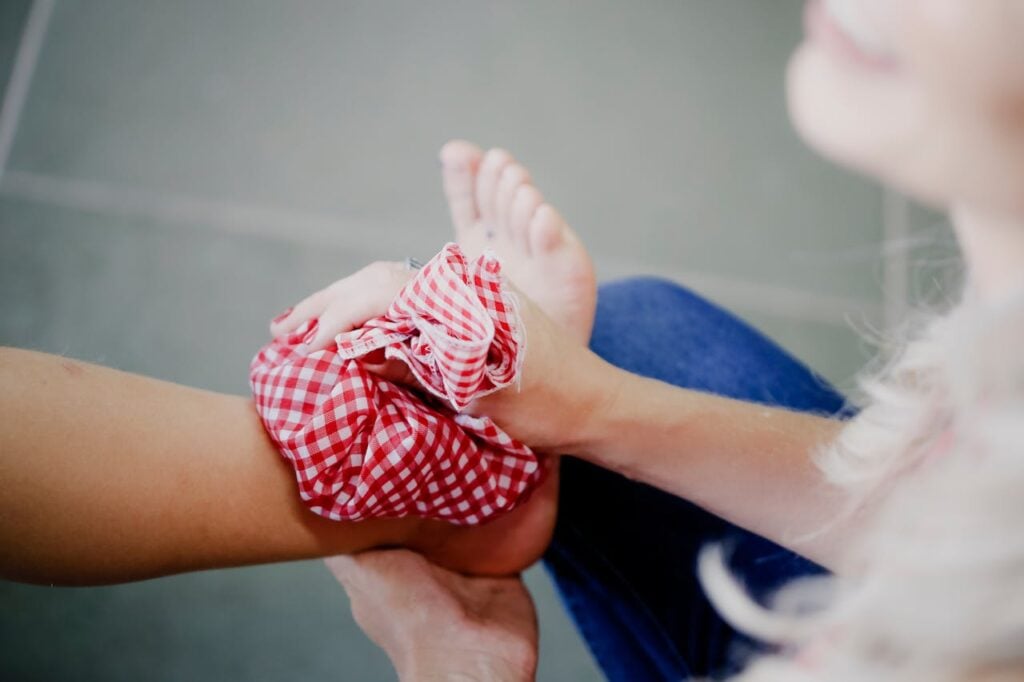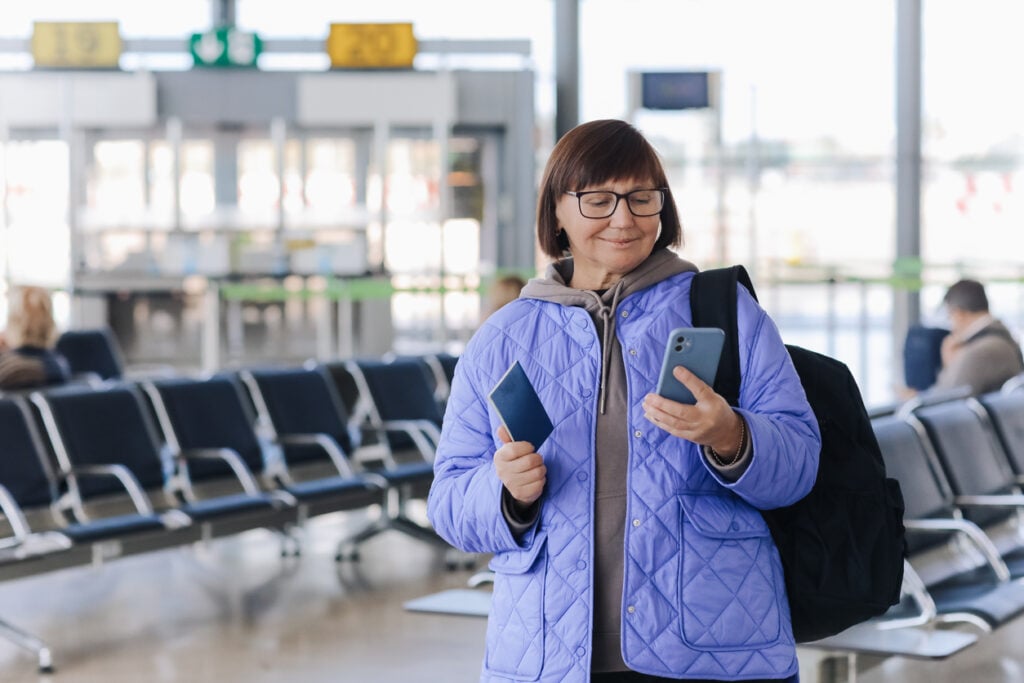That tight squeeze might be the best thing for your legs on a long flight.

The list of things to remember before a long flight is endless, but there’s one simple item that frequent flyers and medical experts swear by: compression socks. While they might bring to mind a stuffy medical garment, modern compression socks are stylish, comfortable, and one of the best tools you have for combating the discomfort and health risks of sitting for hours in a cramped airplane cabin.
They are a simple and effective way to make your journey healthier and more comfortable, and they are not just for older travelers.
1. They are your best defense against blood clots.

The most serious reason to wear compression socks is to reduce the risk of developing a deep vein thrombosis (DVT), a type of blood clot that can form in your legs during long periods of inactivity. Sitting in a cramped airplane seat for hours on end causes blood to pool in your lower legs, which can lead to the formation of these dangerous clots.
The gentle, graduated pressure from the socks helps to squeeze the veins in your legs, which keeps the blood circulating and prevents it from pooling. This simple mechanical action can significantly lower your risk of DVT, a condition that can be life-threatening if the clot breaks off and travels to your lungs.
2. They will significantly reduce swelling in your feet and ankles.

One of the most common and uncomfortable side effects of a long flight is arriving at your destination with swollen feet and ankles, a condition known as gravitational edema. This happens because the lack of movement and the cabin pressure cause fluid to accumulate in your lower extremities. It can make your shoes feel tight and your legs feel heavy and puffy.
Compression socks are incredibly effective at preventing this. The gentle pressure helps your circulatory system push that fluid back up out of your legs, dramatically reducing the amount of swelling. You’ll arrive feeling much more comfortable and be able to put your shoes back on with ease.
3. Your legs will feel less tired, achy, and restless.

Even if you don’t experience major swelling, sitting in one position for a long time can make your legs feel heavy, achy, and restless. This is due to the poor circulation and the buildup of lactic acid in the muscles. The improved blood flow that compression socks provide can work wonders for this general feeling of discomfort.
By keeping the blood moving, the socks help to deliver fresh oxygen to your muscles and clear out waste products more efficiently. This results in your legs feeling lighter, more energized, and less achy, both during the flight and after you land. It’s a simple way to combat overall travel fatigue.
4. They are beneficial for travelers of all ages.

There is a common misconception that compression socks are only for elderly people or those with pre-existing medical conditions. While these groups are certainly at a higher risk, the reality is that any person sitting on a flight for more than four or five hours can benefit from wearing them. The physiological effects of prolonged sitting impact travelers of all ages.
Young, healthy people can and do develop blood clots on long-haul flights. As someone who frequently flies from LAX to Asia or Europe, I can tell you that people of all ages use them. Anyone who wants to reduce swelling and leg fatigue is a good candidate.
5. It is important to choose the right type and fit.

Not all tight socks are compression socks. For travel, you want to look for “graduated” compression socks. This means the pressure is tightest at the ankle and gradually decreases up the leg. This design is crucial because it helps to push the blood upward, against gravity. Socks that are uniformly tight can actually hinder circulation.
The level of compression is measured in millimeters of mercury (mmHg). For most travelers, a mild to moderate compression level of 15-20 mmHg is perfect. It’s also important to get the right size based on your calf and shoe measurement to ensure they are effective and comfortable.
6. There are no real downsides to wearing them.

Aside from feeling a bit snug, there are virtually no negative side effects to wearing mild compression socks for travel for the average person. They are a simple, non-invasive, and low-risk tool to improve your health and comfort while flying. They are widely available online and at most pharmacies and come in a variety of styles and materials.
When you weigh the significant benefits—reduced risk of blood clots, less swelling, and decreased leg fatigue—against the minor inconvenience of putting on a pair of tight socks, the choice becomes clear. It’s one of the easiest and most effective things you can do to take care of your body on a long trip.
